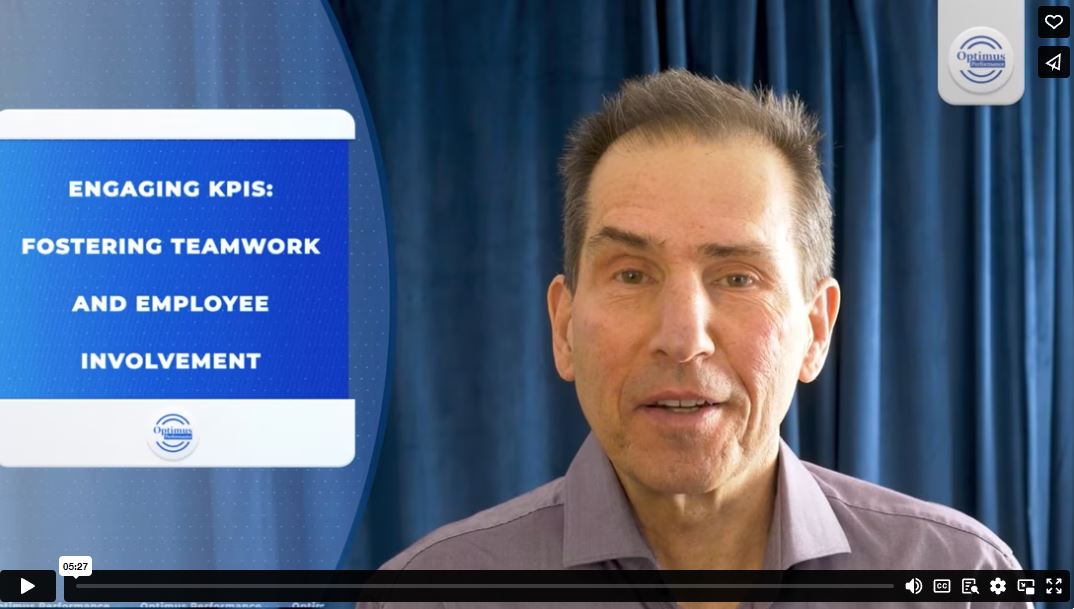Introduction:
Setting key performance indicators (KPIs) is crucial for driving teamwork and employee engagement within an organization. In this article, we will delve into a step-by-step process for effectively setting and measuring KPIs for optimal team performance.
1. Understand the Importance of KPIs:
KPIs serve as measurable targets that help organizations track performance and progress towards their goals. By defining the right indicators, companies can align individual, team, and departmental objectives with overall organizational success.
2. Identify Relevant KPIs:
To begin, it is essential to identify the most relevant KPIs for each department. For example, in the sales department, KPIs can encompass sales performance, sales results, and customer acquisition rates. Involving staff members in the decision-making process through problem-solving brainstorming techniques can provide valuable insights and engage them in the pursuit of departmental goals.
3. Link Individual Performance with KPIs:
Once the KPIs are in place, it is crucial to establish a clear connection between the individual efforts of team members and the desired performance outcomes. By explaining how their actions directly impact the department’s success, employees gain a deeper understanding of how their work contributes to the overall organizational objectives. This linkage motivates them to take ownership and drive improved performance.
4. Measurement and Progress Tracking:
For effective KPI implementation, it is important to collect and analyze relevant data points regularly. I emphasize the significance of having measurable data against the established objectives or goals. Tracking progress provides insights into performance trends, highlights areas for improvement, and enables timely adjustments to strategies and actions as needed.
5. Inclusion of New Staff:
When new team members join an organization, it is essential to involve them in the KPI-setting process. This inclusive approach helps them understand the organization’s goals, objectives, and KPIs while fostering a sense of ownership and collaboration from the start. Their fresh perspective can also add value in identifying innovative ways to track and measure progress.
6. Foster Teamwork and Employee Engagement:
By involving employees in the decision-making process and aligning their efforts with KPIs, organizations create a collaborative environment that fosters teamwork and employee engagement. When individuals understand the performance factors driving departmental success and see how their contributions matter, they are more likely to be motivated, productive, and invested in achieving team goals.
Conclusion:
Setting KPIs is a crucial step towards driving teamwork, employee engagement, and overall organizational success. By following a structured approach that involves identifying relevant KPIs, linking individual actions to goals, measuring progress, and fostering collaboration, organizations can optimize their performances. Utilize my practical tips and problem-solving brainstorming techniques to set and improve KPIs in each department. Remember, a well-designed KPI strategy not only helps track performance but also generates a sense of teamwork and employee engagement, creating a positive work culture that thrives on reaching new heights of success.
Stephen Goldberg
